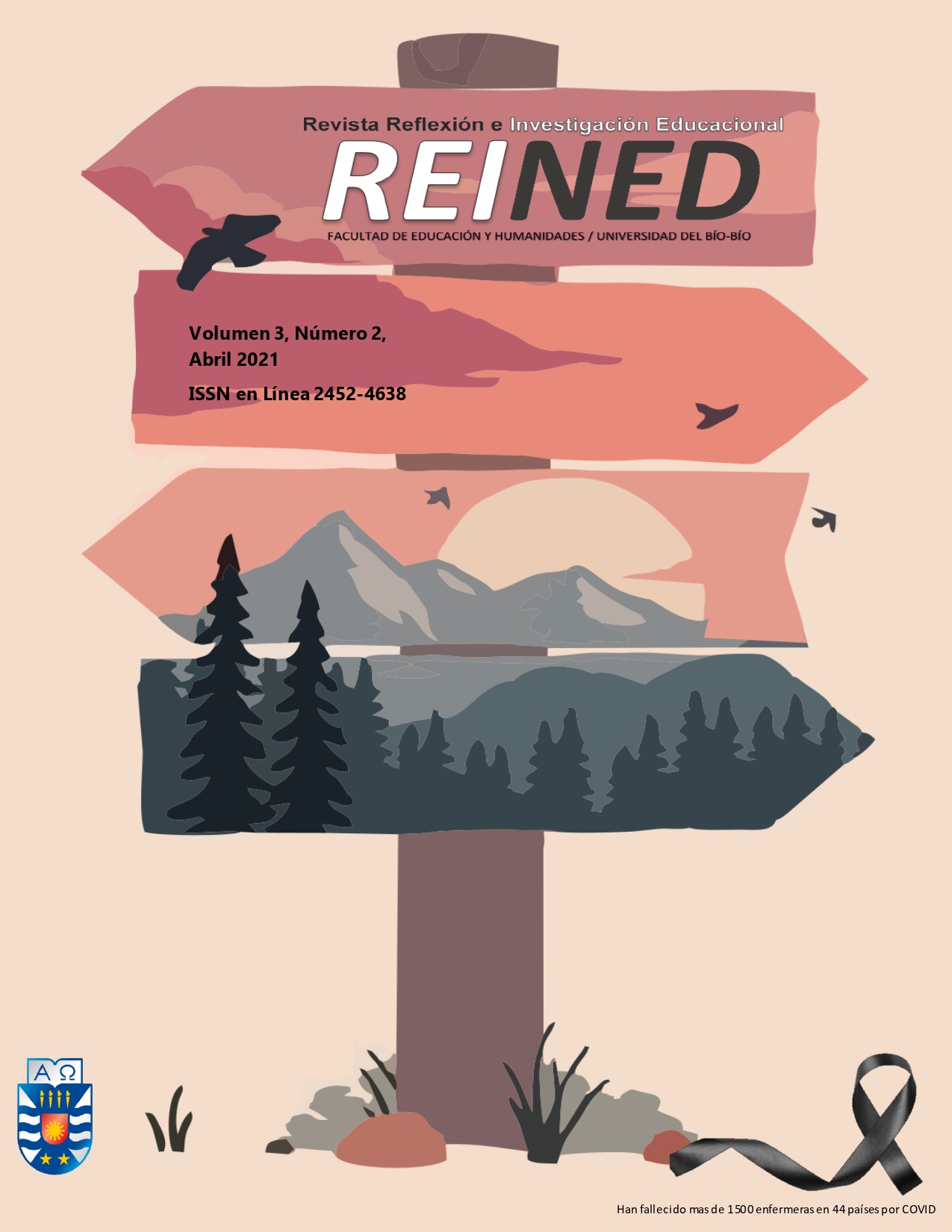Culture and organizational performance: contrasts between high and low simce’ score in Ñuble Highscools
Main Article Content
Abstract
The purpose of this research is to analyze the culture and organizational performance of municipal schools in the, recently created, Ñuble county, Chile. Within these schools, a distinction between municipal schools will be made, those in the top 25% and those in the bottom 25% of SIMCE test results in the last 5 years. Two schools are analyzed, one in Chillán and the other one in San Nicolás, considering 80 teachers in total. In both cases, the characteristics of the organizational culture, established by the Denison model, are analyzed, through a quantitative comparative study between the sub-dimensions involvement, consistency, adaptability, and mission, as well as an analysis of the organizational performance perceived by its members. Based on the results obtained, it is observed that both schools have a perception of organizational performance focused on flexibility and stability; In addition, significant differences are obtained in some dimensions, where one of the schools has a more developed perception of culture in contrast to the other. It is concluded that more studies should be carried out on the evaluation of teachers and the school organization as a whole, for education.
Article Details
References
Amorós, E. (2007). Comportamiento organizacional. Perú: USAT.
Bonavia, T. P. (2009). Adaptación al castellano y estructura factorial del Denison Organizational Culture Survey. Psicothema, pp. 633-638.
Cantillo, J (2013). Incidencia de la cultura organizacional en el desempeño. Revista Económicas CUC, Vol. 34, No. 1, pp. 131-152.
Denison, D. R. y Spreitzer, G. (1991). Organizational culture and organizational development: a competing-value sapproach. En R. W. Woodman y W. A. Passmore (Eds.), Research in Organizational Change and Development (pp. 1-21). Greenwich: JAI Press.
Denison, D. R. y Mishra, A. (1995). Toward a theory of organizational culture and effectiveness. Organization Science, 6 (2), 204-223. DOI: https://doi.org/10.1287/orsc.6.2.204
Denison, D. R. (2001). Organizational culture: can it be a key lever for driving organizational change? En C. L. Cooper, S. Cartwright y P. Ch. Earley (Eds.), The International Handbook of Organizational Culture and Climate (pp. 347-372). Chichester: John Wiley&Sons.
Denison, D., Nieminen, L., &Kotrba, L. (2014). Diagnosing organizational cultures: A conceptual and empirical review of culture effectiveness surveys. European Journal of Work and Organizational Psychology, 23(1), 145-161. DOI: https://doi.org/10.1080/1359432X.2012.713173
Geertz, C (2003). La interpretación de las culturas. Buenos Aires.
Gómez, I, (2014). Innovación y cultura organizacional. Tesis doctoral Universidad Nacional de Educación a Distancia, España
Martinic, S., Anaya, M. y Torrendell C. (2008) Cultura organizacional e identidad en la educación católica chilena. Pensamiento Educativo, Vol. 42, pp. 95-115
Ricardo, R. (2006). Debate Teórico sobre la Interrelación entre la Cultura, el Desempeño Organizacional y la Innovación. The Anáhuac Journal. Universidad Anáhuac México Sur. Oxford University Press. Vol. 6. No. 1 pp. 9-34
Schein, E. H. (1985). La cultura empresarial y el liderazgo. Barcelona: Plaza y Janés.

